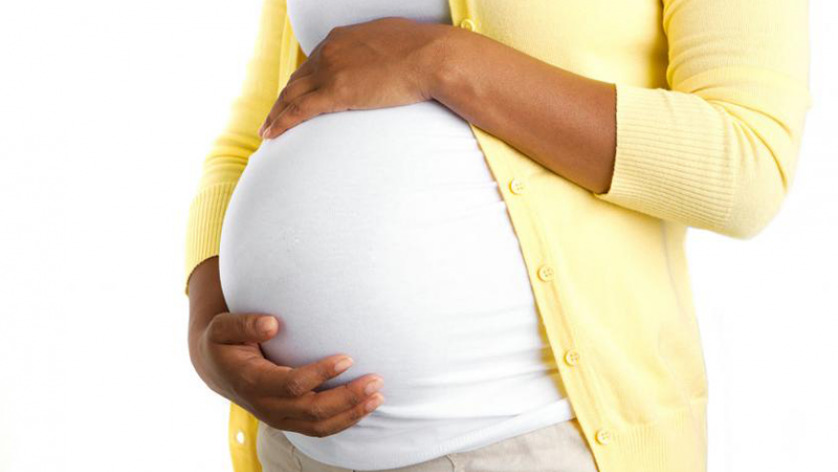Different treatments can impact maternal and neonatal health outcomes, according to a Rutgers pharmacoepidemiologist
People with opioid-use disorder who are pregnant may have more favorable neonatal health outcomes when using buprenorphine, an active ingredient in suboxone and other medications approved for treatment of opioid-use disorder, compared with methadone, according to a Rutgers researcher.
The study, conducted at Brigham and Women’s Hospital and Harvard Medical School, was published in New England Journal of Medicine. It compared the safety of two medications – buprenorphine and methadone – used to treat opioid-use disorder during pregnancy.
“Our results may encourage increasing access to buprenorphine treatment specifically among pregnant people,” said Elizabeth Suarez, a pharmacoepidemiologist who is a faculty member at the Center for Pharmacoepidemiology and Treatment Science at the Rutgers Institute for Health, Health Care Policy and Aging Research and lead author of the study. “It’s essential for the general public to understand the importance of opioid-use disorder treatment during pregnancy to avoid harms associated with lack of treatment.”
Overdose deaths from opioids continue to increase and opioid-use disorder remains a prevalent issue in the United States, according to the National Center for Health Statistics and research in Drug and Alcohol Dependence. People who have untreated opioid-use disorders while pregnant and their infants are at greater risk of harms because of withdrawal, continued opioid use and overdose. Previous studies found buprenorphine may be safer for the infant than methadone, but results were uncertain.
Using a large national database of people insured by Medicaid, researchers examined maternal outcomes in a sample of pregnant individuals with opioid-use disorder, including delivery by cesarean section and severe pregnancy complications, and infant outcomes, including preterm birth, low birth weight, small size for gestational age and neonatal abstinence syndrome that occurs when the infant experiences withdrawal after delivery after being exposed to certain drugs in pregnancy.
They found that using buprenorphine to treat opioid-use disorder during pregnancy may result in better outcomes for the baby than methadone. Buprenorphine use was associated with lower risk of preterm birth, small size for gestational age, low birth weight and neonatal abstinence syndrome compared with methadone use.
“These results may guide clinical recommendations for people with opioid-use disorder who are pregnant or are hoping to be pregnant,” said Suarez, who also is an instructor of epidemiology with the department of biostatistics and epidemiology at the Rutgers School of Public Health.
Future research should explore whether pregnant people with opioid-use disorder have a better experience taking buprenorphine or methadone and if they are more likely to stay on one medication longer than the other, according to Suarez.
Coauthors of the study include faculty from Brigham and Women’s Hospital, Harvard Medical School, Stanford University School of Medicine, and other collaborating institutions. Research was supported by a grant from the National Institute on Drug Abuse (R01DA049822).
Date: November 30, 2022
Media Contact: Nicole Swenarton, ns1332@ifh.rutgers.edu

